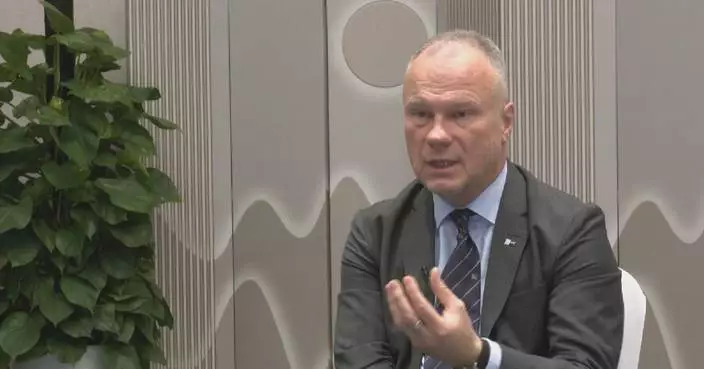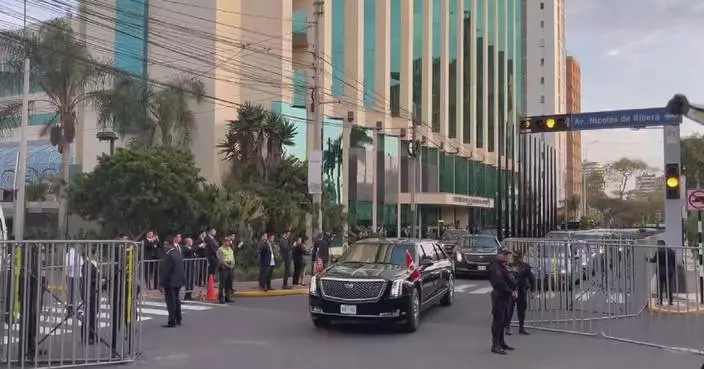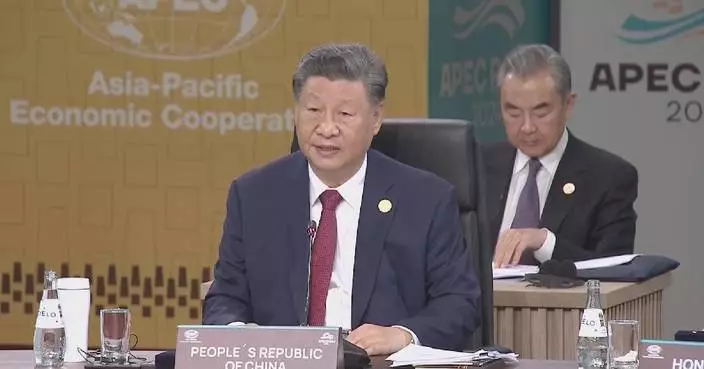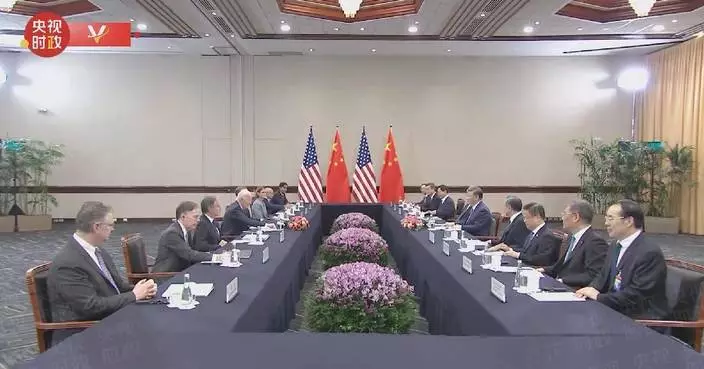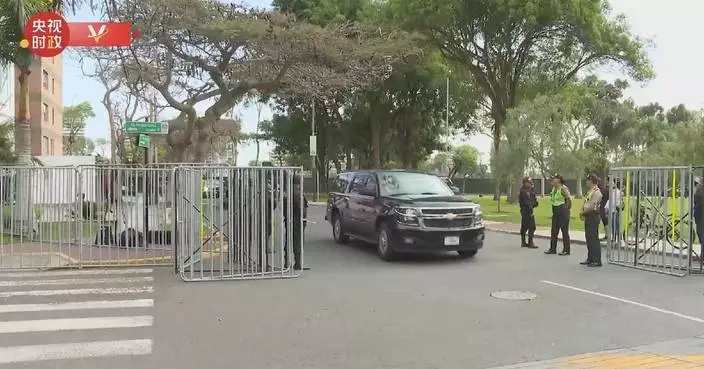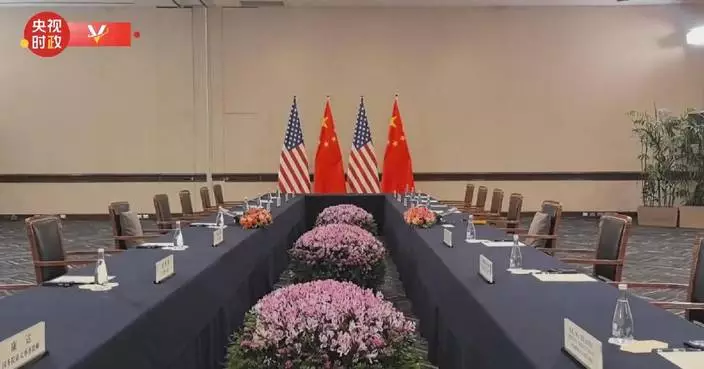China's cutting-edge airplanes proved a big draw at the ongoing 15th China International Aviation and Aerospace Exhibition in the southern Chinese city of Zhuhai on Saturday, leaving spectators in awe with their breathtaking stunt flights.
The J-35A, China's new medium-sized stealth fighter jet which made its debut at the airshow, also known as Airshow China, together with another China's domestically-developed stealth fighter jet J-20 wowed spectators with thrilling aerobatic performances.
The J-20, also called the Mighty Dragon, is the country's fifth-generation medium and long-range fighter jet. It is a twinjet all-weather stealth aircraft developed for China's Air Force.
The Red Falcon Aerobatic Team also amazed visitors with their air stunts at the event.
The Red Falcon Aerobatic Team was formed by the Chinese People's Liberation Army Air Force in 2011. It consists of jet-powered Nanchang JL-8 trainers.
The event is the largest air show in the country. Held from Nov 12 to 17 in Zhuhai City, Guangdong Province, the event showcases an impressive lineup of military hardware while offering a glimpse into the latest achievements in the modernization of the Chinese military.
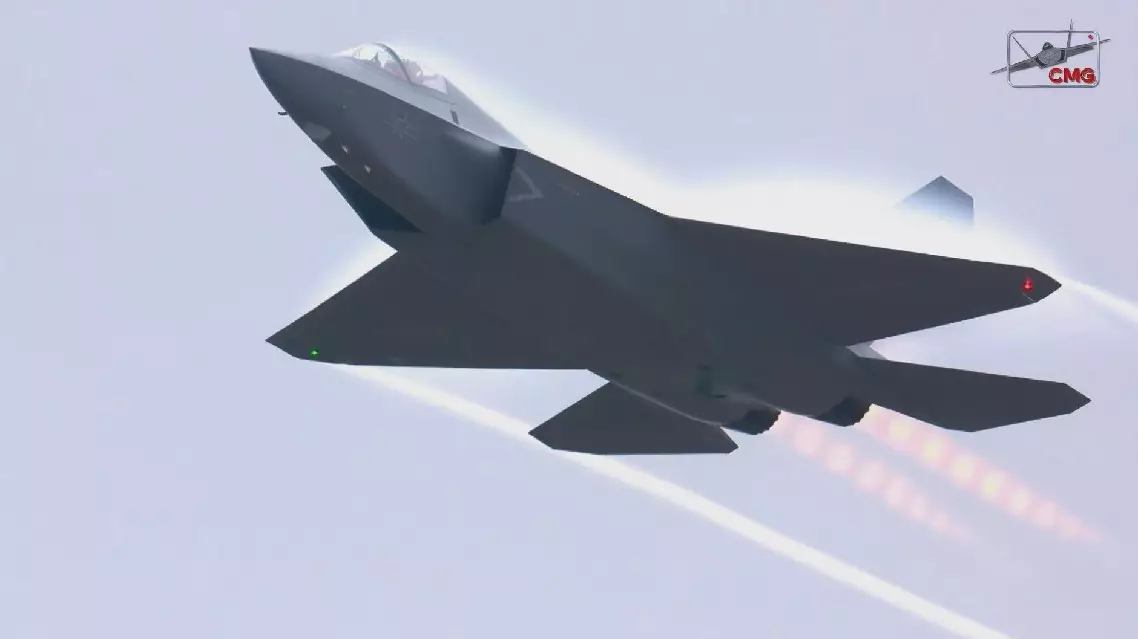
China's advanced fighter jets stun spectators at Zhuhai Airshow
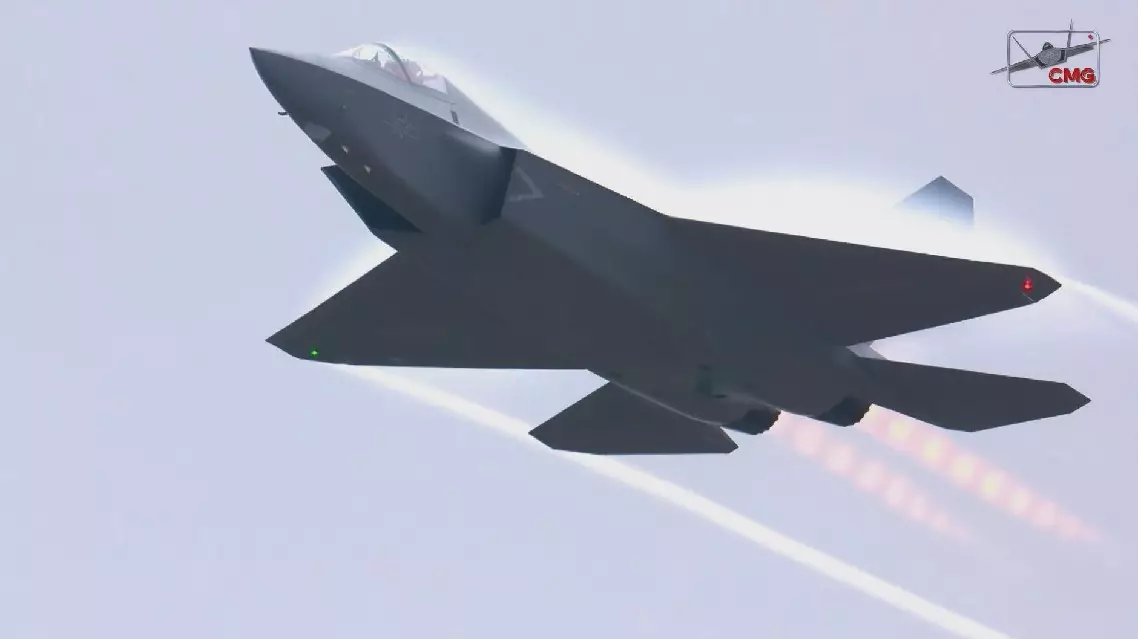
China's advanced fighter jets stun spectators at Zhuhai Airshow
Officials have commended the advances made in climate finance at the ongoing 29th session of the Conference of the Parties to the United Nations Framework Convention on Climate Change (UNFCCC), or COP29, underscoring the urgency of providing adequate support to vulnerable countries.
The conference, which is running from Nov 11-22, focuses on seeking a new climate change funding goal as well as discussing topics such as global carbon trading markets and global energy transition from fossil fuels.
Biman Prasad, the Deputy Prime Minister of Fiji, emphasized the importance of providing the necessary support to the small island states who are deemed to be among the most at risk from the threats posed by climate change.
He cited the significance of promoting the New Collective Quantified Goal (NCQG), a global climate finance target aimed at setting a new financial target to support developing countries in their climate actions post-2025, which has been one of the key areas of discussion at COP29.
The goal builds on the previous commitment made at the 2009 Copenhagen Climate Summit, where developed countries pledged to mobilize 100 billion U.S. dollars annually by 2020 to address the needs of developing countries.
"It would be an investment. We are looking at it not only from the point of view of loss and damage and what is happening in the small island states, in the developing countries, the vulnerable economies, but also it is important for our developed partners to realize that time is running out for these small island states. And in the future, it is about interconnectedness; it is about trade; it is about the whole world. And therefore the New Collective Quantified Goal (NCQG) on finance is going to be critical. It is a critical outcome that we are looking at," Prasad said.
Mikayil Jabbarov, Minister of Economy for the COP's host nation Azerbaijian, highlighted the positive results that were achieved on the opening day of the conference on Monday, including reaching a consensus on standards for creating carbon credits under Article 6.4 of the Paris Agreement.
He also referenced the joint statement by Multilateral Development Banks (MDBs), which estimates that by 2030, their collective annual climate financing for low- and middle-income countries will reach 120 billion U.S. dollars, emphasizing that maintaining the focus and 'spirit' towards achieving these climate goals are as crucial as the goals themselves.
"I think we already have early positive results as far as Article 6.4 is concerned. I think it was over a decade that a common solution couldn't be found. And during the initial day of Baku COP, the countries have agreed to the mechanism showing that we can work together when we join hands. So carbon market mechanisms will provide, in our opinion, the needed resources for finance. Secondly, we also praise the joint statement of MDBs (multilateral development banks) and the volume of 120 billion U.S. dollars of annual commitment by 2030 as indicated in the joint statement is a significant progress. Certainly we still need to work more, but then the work continues. But I think what is important is that spirit," the minister said.
COP, or Conference of the Parties, refers to a series of formal meetings where governments assess global efforts to advance the Paris Agreement and UN Framework Convention on Climate Change, which has the aim of limiting global warming to 1.5 degrees Celsius.

Officials encouraged by positive COP29 progress but stress more work to be done





